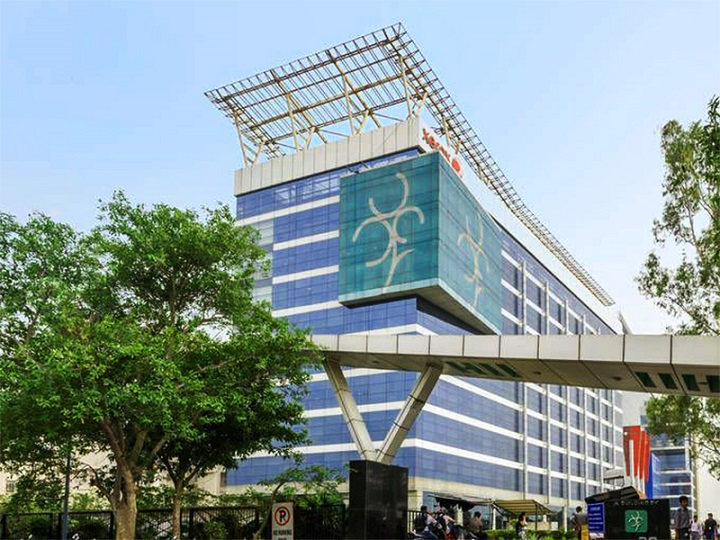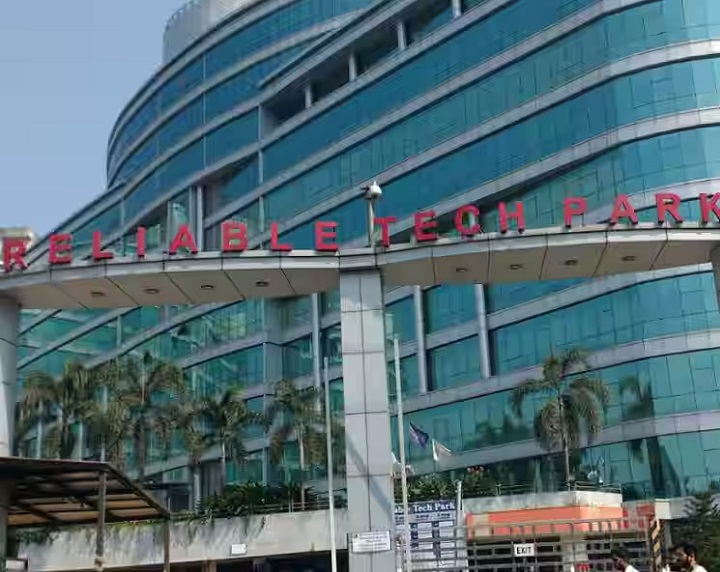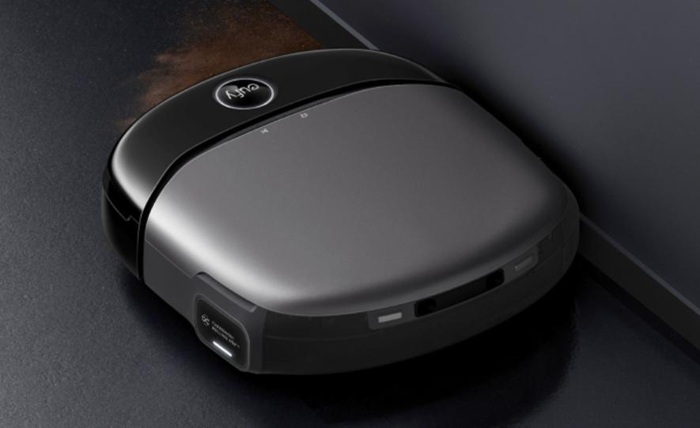Protecting your home begins with setting up a reliable security camera system. This guide walks you through each step of the process to help you secure your property effectively. From choosing the right setup to ensuring regular maintenance, understanding these key elements will enhance your peace of mind. Equip yourself with the knowledge to make informed decisions and get started on creating a safe home environment today.
Choosing the Right System for Your Home
Wired vs Wireless Systems
Deciding between wired and wireless security systems depends on your needs. Wired systems offer reliable connections and consistent power, but can be challenging to install. Wireless systems provide flexibility and ease of installation, but they rely heavily on network strength. Assess your home’s layout and connection preferences to determine which system aligns with your requirements, considering both initial setup and long-term maintenance implications.
In addition to securing your home with a top-notch camera system, consider enhancing your living space by integrating a state-of-the-art entertainment setup. Imagine the comfort and luxury of a personalized home theater experience. You can design your dream home cinema in Boca Raton, transforming your space into a cinematic haven. This addition not only elevates your home’s value but also provides a perfect retreat for family and friends. Combining security with entertainment ensures your home is both safe and enjoyable, offering peace of mind and endless entertainment possibilities.
Key Features to Look For
Key features in a home security camera include high-resolution video, night vision, and motion detection. Look for systems that offer smart integrations, allowing you to connect them with home assistants like Google Home or Alexa. Ensure the system provides remote access through a dedicated app, enabling you to monitor your property from anywhere. Prioritize cameras with secure data encryption to protect your privacy and data.
Budgeting and Future-Proofing
When budgeting for a security system, consider both initial purchase costs and potential future expenses. Choose a setup that offers scalability, allowing for additional cameras and system upgrades. Opting for popular brands with a track record of regular updates can help extend the system’s life. Allocate resources for potential hidden costs such as cloud storage or professional installation, ensuring long-term satisfaction.
Planning & Placement of Cameras
Identifying Critical Coverage Areas
Effective camera placement is key to comprehensive coverage. Prioritize entry points like doors and first-story windows. Consider high-traffic areas inside, such as hallways and staircases. Evaluate your property’s specific vulnerabilities, such as secluded spots or areas hidden from street view. Tailor your placement strategy to your unique home layout to ensure that all critical zones are monitored effectively.
Mounting Height, Angles & Blind Spots
Mount your cameras at a height sufficient to capture clear images while remaining out of reach of tampering. Angles are crucial; avoid facing cameras directly into light sources to prevent glare. Evaluate your property’s landscape for potential blind spots, and adjust camera positions accordingly. Aim for overlapping fields of view among cameras to eliminate unseen areas and ensure thorough surveillance.

Network & Power Considerations
Consider the strength and reach of your Wi-Fi network for wireless cameras. Strategically position routers to reduce connectivity issues. For wired systems, plan for cable routing through walls or conduits. Assess power sources; proximity to electrical outlets simplifies installation and reduces cable clutter. Evaluate backup options, such as battery packs or generators, to maintain camera functionality during power outages.
Installation & Configuration
Step-by-Step Installation Process
Begin installation by gathering necessary tools and referencing the manufacturer’s guide. Mount hardware using supplied brackets, ensuring stability. Connect cameras to the network via Ethernet or Wi-Fi, following setup prompts on the app. Adjust camera angles to cover desired areas, checking live feeds for accuracy. Secure wiring and test connections to confirm operational effectiveness.
Setting Up Software & Storage Options
Install the provider’s app on your smartphone or computer to access the feed and settings. Configure notifications, setting sensitivity levels for motion alerts. Choose between cloud or local storage based on preference, budget, and privacy considerations. Test storage setup by recording sample footage and verifying its retrieval. Occasionally, review storage to prevent system overload.
Legal & Privacy Considerations
Ensure your camera setup adheres to local laws. Avoid pointing cameras at neighboring properties to respect privacy. Inform household members about surveillance areas and privacy measures in place. Post visible signs to warn visitors of surveillance, providing transparency. Regularly update privacy settings to maintain compliance with legal standards and personal privacy preferences.
Maintenance & Long-Term Care
Routine Checks & Cleaning
Regularly inspect cameras for dust or debris interference. Clean lenses with a microfiber cloth to maintain image clarity. Check mounts and brackets for stability, tightening loose fixtures as needed. Schedule routine checks to coincide with seasonal changes to address weather-related wear. Consistent maintenance ensures ongoing system reliability and security.
Updating and Testing the System
Keep firmware and software up to date by enabling automatic updates. Test system functionality by triggering alerts to confirm working conditions. Frequently review stored footage to verify proper recording. Periodically test backup power supplies, ensuring they operate correctly during outages. Proactive updates and testing prevent system failures and enhance security.
When to Call a Professional Upgrade
Consider professional assistance when expanding your system or integrating advanced features like smart home automation. Upgrades that involve complex network configurations or require drilling may benefit from expert installation. Consult professionals for advice on new technology, ensuring compatibility with existing setups. Regular consultations foster a resilient, future-proof security system.
Conclusion
Setting up a system of home security cameras is an investment in safety, awareness, and long-term peace of mind. By carefully selecting, positioning, and maintaining your cameras, you establish a strong deterrent against potential intruders while improving situational visibility. Stay informed about evolving security technologies to keep your system effective, resilient, and adaptive. With proper planning, your home will remain a secure and protected haven for years to come.







